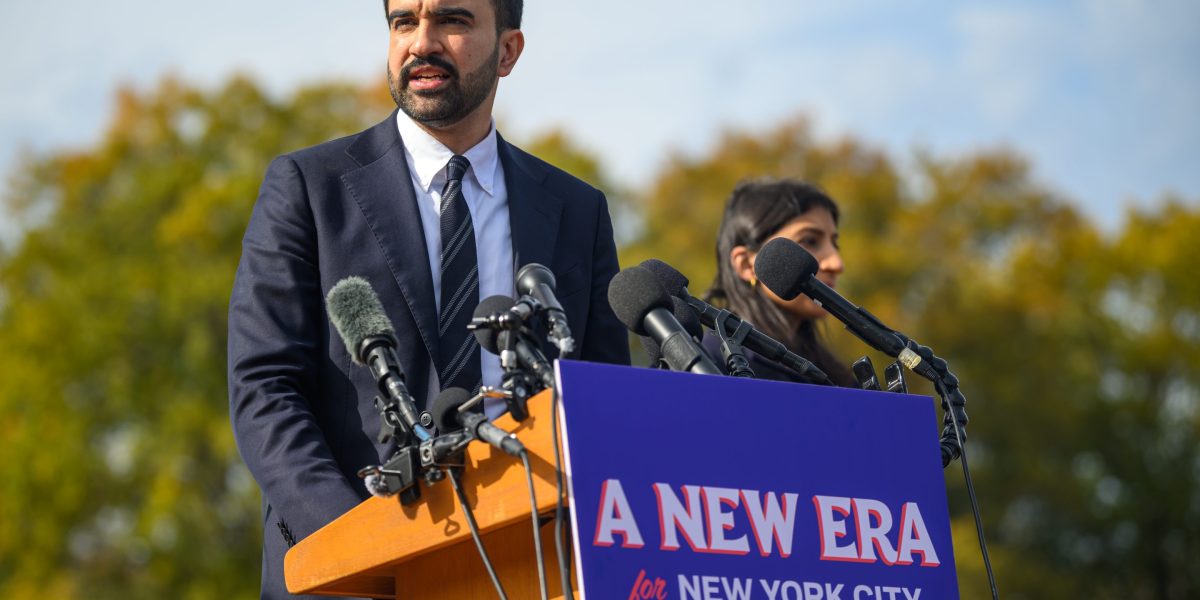
"Given the affordability crisis many Americans face, more Democrats will run on price controls too, wrote Stanford economist Neale Mahoney and former White House economic advisor Bharat Ramamurti in a New York Times op-ed on Sunday. "This may terrify many economists, who have long dismissed price controls as failed policy. But, like it or not, voters are demanding short-term price relief, and temporary price controls may be the only viable way to provide it," they said."
"To combat rising costs, standard policy tools often take longer than voters will tolerate or don't work. For example, tax incentives or deregulation can increase supply but can take years to make an impact on prices. In addition, subsidies and tax credits can offer some short-term relief but also eventually push up prices as demand increases faster than supply can catch up."
"Mahoney and Ramamurti also acknowledge that price controls obscure market signals that encourage producers to expand output and lower costs, pointing to President Richard Nixon's efforts to cap gasoline prices in the 1970s. "Yet sharply rising rents and utility bills wreak havoc on family budgets. That's why there is a case for temporary, targeted price controls that hold down costs, paired with supply-side reforms that encourage new production," they added, noting that Mamdani and Sherrill have proposed similar ideas."
Price controls create market inefficiency yet can provide immediate relief to families facing rising rents and utility bills. Candidates promising rent freezes and electricity-rate freezes have achieved electoral success. Standard supply-side remedies and tax incentives increase supply but often take years to affect prices. Subsidies and tax credits can offer temporary relief but may eventually raise prices as demand outpaces supply. Price controls can obscure signals that prompt producers to expand output. Temporary, targeted price caps combined with supply-side reforms, investment in new housing, and zoning and permitting changes can hold down costs while encouraging increased production.
Read at Fortune
Unable to calculate read time
Collection
[
|
...
]